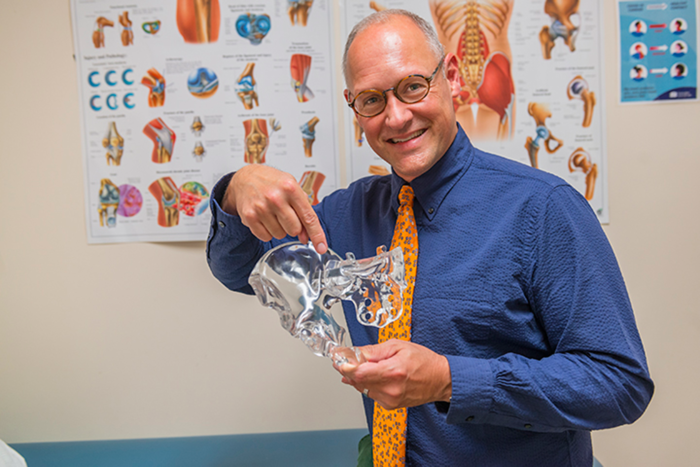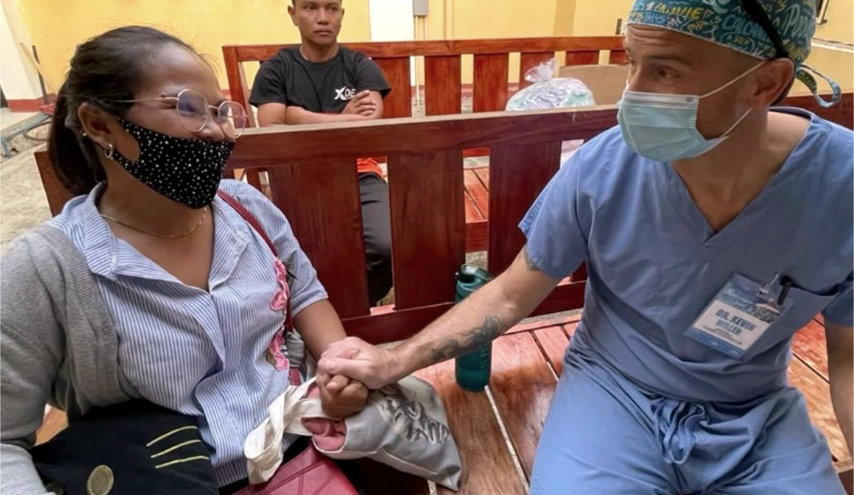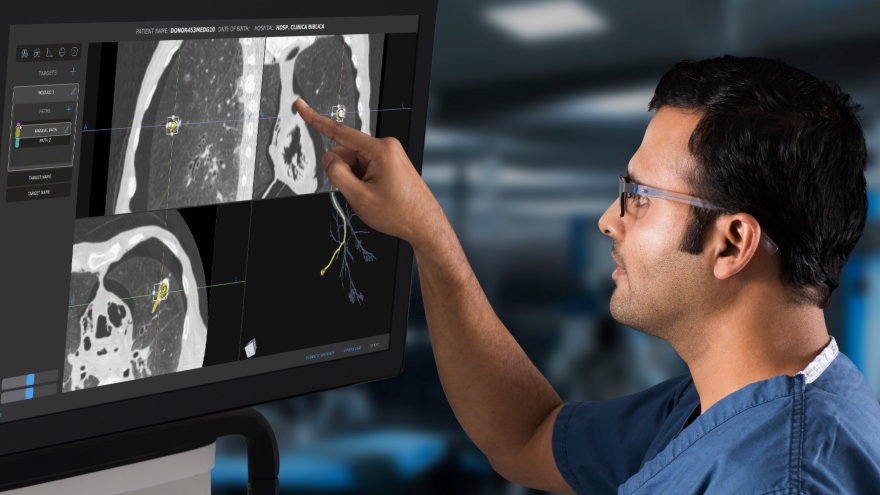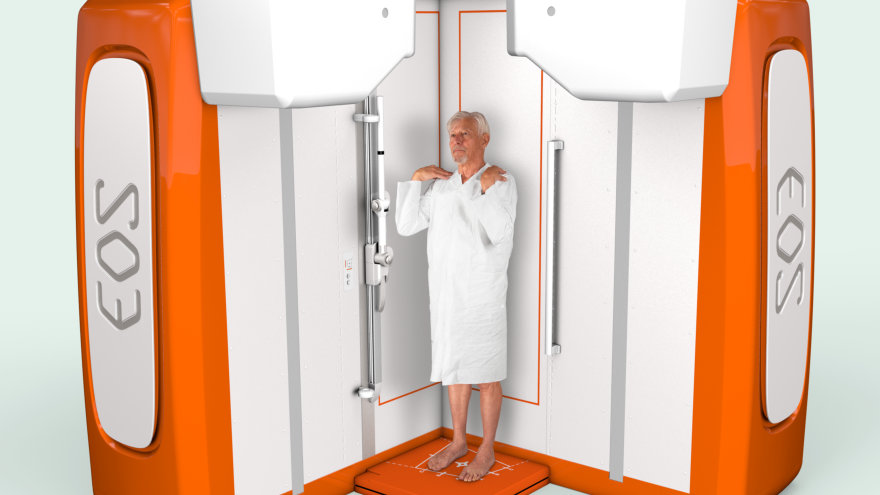Back out of Whack? Is It Your Sacroiliac?

An innovative, minimally invasive outpatient procedure now offered at NorthBay Health is helping patients find relief from sacroiliac (SI) joint pain.
Orthopedic surgeon Cornelis Elmes, M.D., said the biggest challenge in treating pain from the SI joint is identifying it as the source of the problem in the first place.
“The SI joint is an important but often under-appreciated and unknown cause of low back pain,” said Dr. Elmes. “I call it the great masquerader because it can look like a hip problem or back problem.”
In up to 30 percent of patients with chronic low back pain, the cause is an SI joint, which link the iliac bones (hips) to the sacrum, or the lowest part of the spine above the tailbone. These joints act as shock absorbers for impacts from the lower extremities to the spine, for example, when running or lifting heavy objects.
The joints don’t move as much as other joints in the body, but they move just enough to help diffuse some of the forces and decrease the risk of injury to the spine.
“If injured, however, an SI joint may have more motion than normal which can cause it to become a very painful problem,” said Dr. Elmes.
NorthBay Center for Orthopedics offers several treatments to address SI joint pain, starting with physical therapy and exercises, especially those that help to strengthen the body’s core muscles. Wearing a sacroiliac belt, or a device designed to limit movement of the joint, can help provide support for the area as well. For some patients, steroid injections in the area can provide relief for a short time, Dr. Elmes said.
When that’s not effective, interventional treatment such as an SI joint fusion is an option.
The procedure involves a small incision along the side of the buttock through which small triangle-shaped titanium implants are inserted across the sacroiliac joint. The implants, which are porous, encourage bone growth, which essentially fuses the joint so that it can no longer move, thus relieving the cause of the pain.
The procedure has proven effective in more than 90 percent of patients and because it is a minimally invasive procedure, recovery is faster. “Most patients find that after years of chronic pain, their pain is essentially gone within six weeks of the surgery,” said Dr. Elmes.
Fusing the SI joint does not limit a patient’s flexibility, he added. “The SI joint is not supposed to move much anyway,” he said.
For more information on the procedure visit https://www.northbay.org/services/orthopedics/sacroiliac-joint-pain.cfm?cssearch=48596_1



